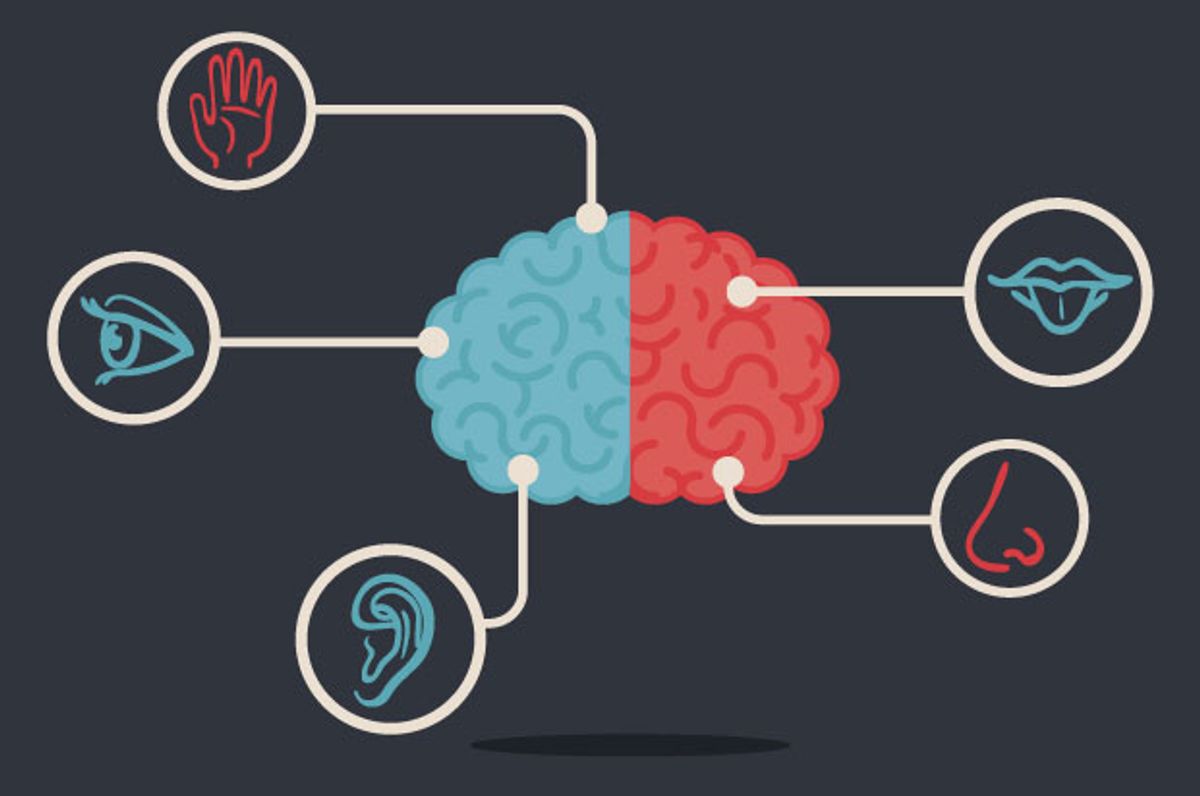 When you open your eyes, do you see the world as it really is? Do we see reality?
When you open your eyes, do you see the world as it really is? Do we see reality?
Humans have been asking themselves this question for thousands of years. From the shadows on the wall of Plato’s cave in "The Republic" to Morpheus offering Neo the red pill or the blue bill in "The Matrix," the notion that what we see might not be what is truly there has troubled and tantalized us. In the eighteenth century, the philosopher Immanuel Kant argued that we can never have access to the Ding an sich, the unfiltered “thing-in-itself ” of objective reality. Great minds of history have taken up this perplexing question again and again. They all had theories, but now neuroscience has an answer.
The answer is that we don’t see reality.
The world exists. It’s just that we don’t see it. We do not experience the world as it is because our brain didn’t evolve to do so. It’s a paradox of sorts: Your brain gives you the impression that your perceptions are objectively real, yet the sensory processes that make perception possible actually separate you from ever accessing that reality directly. Our five senses are like a keyboard to a computer — they provide the means for information from the world to get in, but they have very little to do with what is then experienced in perception. They are in essence just mechanical media, and so play only a limited role in what we perceive. In fact, in terms of the sheer number of neural connections, just 10 percent of the information our brains use to see comes from our eyes. The rest comes from other parts of our brains, and this other 90 percent is in large part what this book is about. Perception derives not just from our five senses but from our brain’s seemingly infinitely sophisticated network that makes sense of all the incoming information. Using perceptual neuroscience — but not only neuroscience — we will see why we don’t perceive reality, then explore why this can lead to creativity and innovation at work, in love, at home, or at play. I’ve written the book to be what it describes: a manifestation of the process of seeing differently.
But first, why does any of this really matter to you? Why might you need to deviate from the way you currently perceive? After all, it feels like we see reality accurately . . . at least most of the time. Clearly our brain’s model of perception has served our species well, allowing us to successfully navigate the world and its ever-shifting complexity, from our days as hunter-gatherers on the savannah to our current existence paying bills on our smartphones. We’re able to find food and shelter, hold down a job, and build meaningful relationships. We have built cities, launched astronauts into space, and created the Internet. We must be doing something right, so . . . who cares that we don’t see reality?
Perception matters because it underpins everything we think, know, and believe — our hopes and dreams, the clothes we wear, the professions we choose, the thoughts we have, and the people whom we trust . . . and don’t trust. Perception is the taste of an apple, the smell of the ocean, the enchantment of spring, the glorious noise of the city, the feeling of love, and even conversations about the impossibility of love. Our sense of self, our most essential way of understanding existence, begins and ends with perception. The death that we all fear is less the death of the body and more the death of perception, as many of us would be quite happy to know that after “bodily death” our ability to engage in perception of the world around us continued. This is because perception is what allows us to experience life itself . . . indeed to see it as alive. Yet most of us don’t know how or why perceptions work, or how or why our brain evolved to perceive the way it does. This is why the implications of the way the human brain evolved to perceive are both profound and deeply personal.
Our brain is a physical embodiment of our ancestors’ perceptual reflexes shaped through the process of natural selection, combined with our own reflexes as well as those of our culture in which we are embedded. These in turn have been influenced by the mechanisms of development and learning, which results in seeing only what helped us to survive in the past—and nothing else. We carry all of this empirical history with us and project it out into the world around us. All of our forebears’ good survival choices exist within us, as do our own (the mechanisms and strategies that would have led to bad perceptions are selected out, a process that continues to this day, every day).
Yet if the brain is a manifestation of our history, how is it ever possible to step outside the past in order to live and create differently in the future? Fortunately, the neuroscience of perception — and indeed evolution itself — offers us a solution. The answer is essential because it will lead to future innovations in thought and behavior in all aspects of our lives, from love to learning. What is the next greatest innovation?
It’s not a technology.
It’s a way of seeing.



Shares